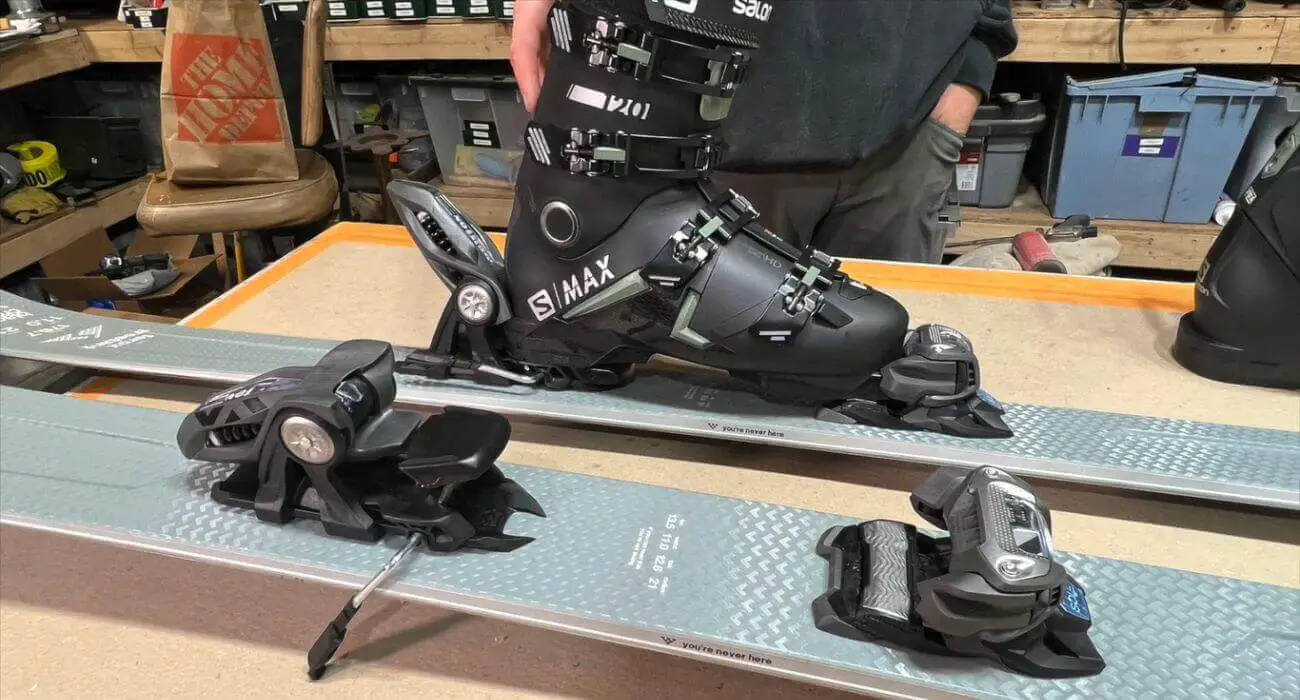As an Amazon Associate, I earn from qualifying purchases
To mount ski bindings, you need to drill holes in the skis, apply glue, and screw the bindings in. Make sure to position the holes correctly and drill to the appropriate depth, being careful not to go through the skis.
Mounting Ski Bindings: Step-by-step Guide
Learn How to Mount Ski Bindings with this Step-by-Step Guide. From drilling holes to ensuring proper depth, this resource provides all the information you need to mount your ski bindings accurately without drilling through your skis.
Tips And Tricks For Mounting Ski Bindings
Mounting ski bindings may seem daunting, but with the right tools and technique, it can be done easily at home. By following proper guidelines, such as drilling the holes in the correct places and to the right depth, you can securely attach the bindings to your skis.
Just be careful not to drill through your new skis!
Finding The Correct Mounting Position For Different Types Of Skis
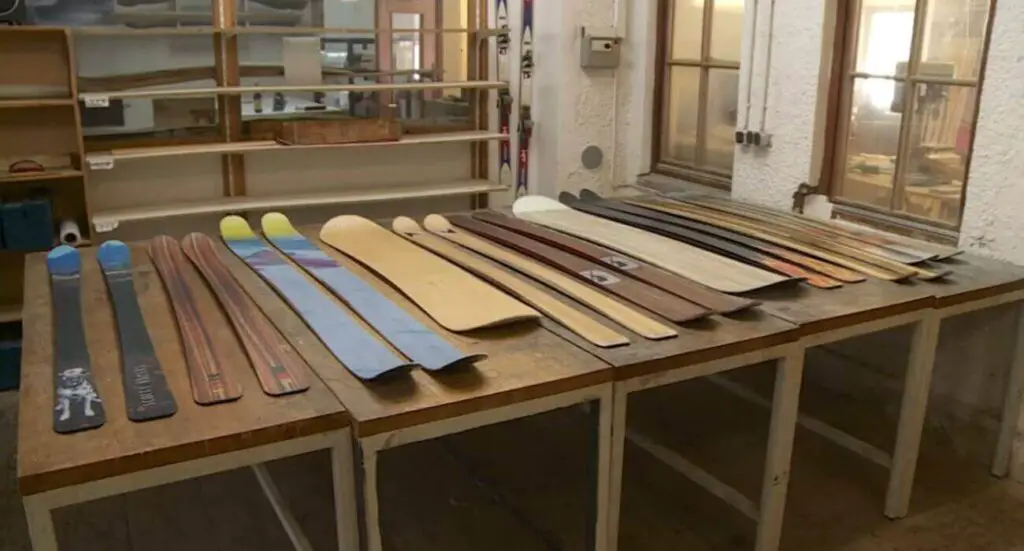
When it comes to mounting ski bindings, finding the correct position is crucial for optimal performance and safety on the slopes. The mounting position can vary depending on the type of skis you have. For all-mountain skis, it is recommended to attach the bindings slightly behind the center of the ski.
This placement provides stability and control while skiing at higher speeds. On the other hand, if you have freeride skis, positioning the bindings closer to the back will give you increased lift in powder snow.
Finally, for freestyle skis, it is best to mount the bindings directly over the center of the ski to enhance maneuverability and balance during tricks and jumps.
Using Templates Or Jigs For Precise Mounting
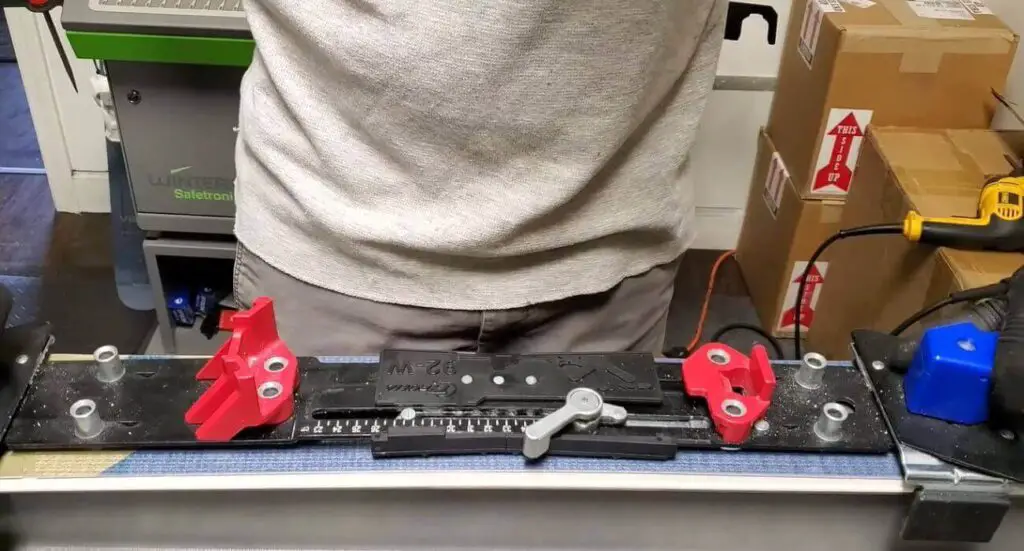
To ensure precise and accurate mounting of ski bindings, using templates or jigs can be extremely helpful. These tools provide a guide for drilling the holes in the correct positions on the ski.
Templates are often provided by the binding manufacturer and can be easily attached to the ski using adhesive or clamps. Jigs, on the other hand, are more versatile and can be adjusted to accommodate different ski sizes and binding types.
Whichever tool you choose, using a template or jig will significantly reduce the chances of mistakes and misalignment during the mounting process.
Using Glue For Added Security
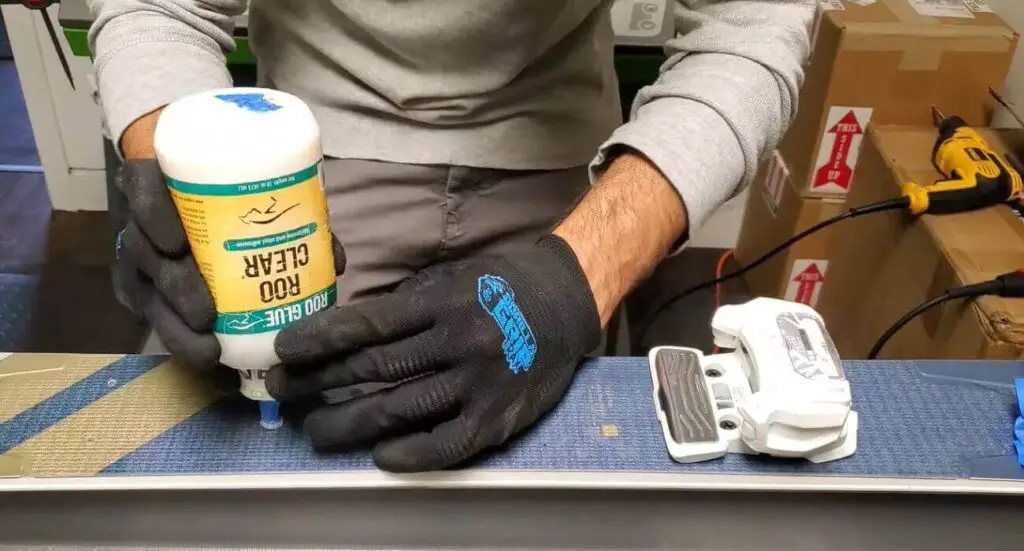
Although not always necessary, using glue when mounting ski bindings can provide extra security and durability. The purpose of the glue is not to retain the screws but to seal out water and prevent moisture from seeping into the ski core through the holes.
The glue should be cold temperature resistant and waterproof to ensure longevity. Applying a small amount of glue to the holes before inserting the screws will create a watertight seal and protect your skis from potential damage caused by moisture.
Ensuring Proper Alignment And Balance
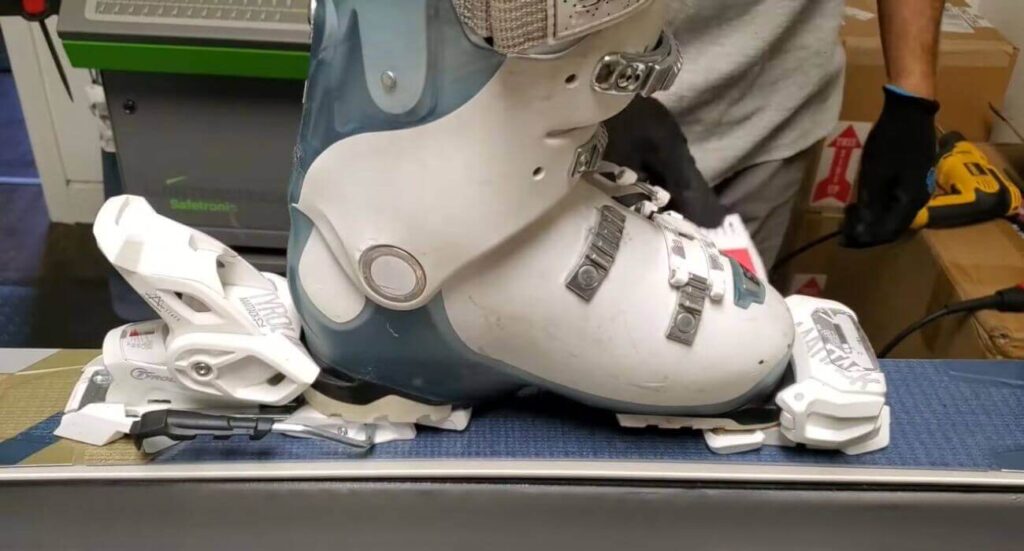
Besides finding the correct mounting position, it is essential to ensure proper alignment and balance when mounting ski bindings. When drilling the holes, make sure to align them perpendicular to the ski surface to prevent wobbling or unstable binding connection.
Additionally, pay attention to the depth of the holes and adjust the drilling depth accordingly to avoid drilling through the ski. It is recommended to use a depth stopper on the drill bit to achieve consistent hole depths.
Proper alignment and balance of ski bindings contribute to better control, responsiveness, and overall skiing experience.
Seeking Professional Help If Unsure
Mounting ski bindings can be a complex task, especially for beginners or those unfamiliar with the process. If you are unsure or lack experience, it is always wise to seek professional help. Ski shops or certified technicians have the expertise and tools to accurately mount bindings according to your ski type, size, and skill level.
They can ensure proper alignment, balance, and safety, giving you peace of mind on the slopes. It’s better to invest a little extra money and ensure a secure and professional mounting job than risk potential injury or damage to your skis.
Frequently Asked Questions For How To Mount Ski Bindings
Can You Mount Ski Bindings Yourself?
Yes, you can mount ski bindings yourself by drilling holes in the skis, adding glue, and screwing the bindings in. Make sure to place the holes in the right positions and drill to the appropriate depth. Be cautious not to drill through the skis.
How Do You Position Ski Bindings?
To position ski bindings, first, determine the correct placement for your type of skiing. For all-mountain skis, position the binding slightly behind the center of the ski. For freeride skis, place the binding closer to the back for better lift in powder.
For freestyle skis, position the binding over the center of the ski. Be cautious not to drill through your skis while securing the bindings.
Do I Need To Glue Ski Bindings?
No, you do not need to glue ski bindings. Simply drill holes in the skis, ensure proper placement, and screw the bindings in securely without drilling through the skis. Glue is not necessary for retaining screws but can be used for waterproofing.
Where Do You Mount 3 Pin Bindings?
To mount 3 pin bindings, you need to drill holes in your skis and secure the bindings with screws. Make sure to position the bindings in the right places and drill to the correct depth. Avoid drilling through the skis.
If you’re unsure, it’s best to seek professional help.
Conclusion
Mounting ski bindings at home can be a cost-saving and rewarding experience. By following the right steps, you can ensure that your bindings are securely attached to your skis. Remember to mark the centerline, drill holes to the correct depth, and use the appropriate glue to seal out moisture.
Take your time and follow the instructions carefully to avoid any mishaps. With a little patience and attention to detail, you can confidently mount ski bindings on your own and hit the slopes in no time.
Read More
How to Load Skis on Roof Rack: A Complete Guide
What Size Ski Poles Do I Need? Find Your Perfect Fit
Top 10 Best Ski Racks For Garage
As an Amazon Associate, I earn from qualifying purchases

